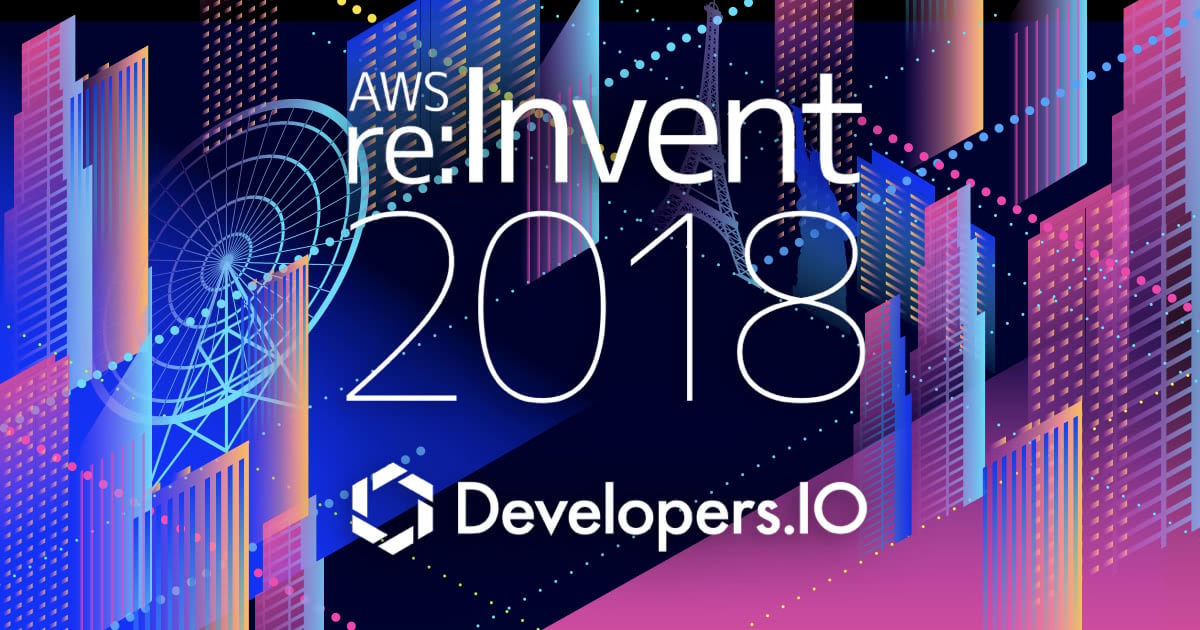
Amazon QuickSightがAPI操作できるようになりました #reinvent
この記事は2018年11月24日時点の動作をもとに執筆しています。
AWSが提供するクラウド型BIサービスAmazon QuickSightがAPI操作に対応しました。
Amazon QuickSight adds support for dashboard embedding and APIs
提供API一覧
AWS CLI ではバージョン 1.16.59 から QuickSight の API に対応しています。
同バージョンでは
- ユーザー管理
- ダッシュボード埋め込み
の API のみに対応しています。
具体的には、以下の通りです。
ユーザー管理 API
- create-group
- create-group-membership
- delete-group
- delete-group-membership
- delete-user
- describe-group
- describe-user
- list-groups
- list-group-memberships
- list-user-groups
- list-users
- register-user
- update-group
- update-user
ダッシュボード埋め込み API
- get-dashboard-embed-url
AWS CLI からユーザーを操作してみた
公開された API を利用して AWS CLI から実際に QuickSight の READER ロールのユーザーを操作します。
登録フロー
ユーザーを作成
register-user API でユーザーを作成します。
$ aws quicksight register-user \
--aws-account-id 123456789012 \
--namespace default \
--identity-type QUICKSIGHT \
--email foo@example.com \
--user-name foo@example.com \
--user-role READER
{
"Status": 201,
"User": {
"Arn": "arn:aws:quicksight:us-east-1:123456789012:user/default/foo@example.com",
"UserName": "foo@example.com",
"Email": "foo@example.com",
"Role": "READER",
"Active": false
},
"RequestId": "42536235-f1b1-4a56-9777-e31106549bb1"
}
| パラメーター | 意味 |
|---|---|
| --aws-account-id | アカウントID |
| --namespace | ネームスペース。"default"を指定 |
| --identity-type | IAMのユーザーをQuickSightで利用する場合は"IAM"、QuickSightのユーザー管理に新規ユーザーを作成する場合は"QUICKSIGHT"を指定 |
| ユーザーのメールアドレス | |
| --user-name | ユーザー名 |
| --user-role | ユーザーのロールを"ADMIN/AUTHOR/READER"から指定 |
ユーザーを確認
管理画面を確認すると、INACTIVE なユーザーとして登録されています。
API でもユーザー状態を確認します。
ユーザー一覧は list-users API で確認します。
$ aws quicksight list-users \
--aws-account-id 123456789012 \
--namespace default
{
"Status": 200,
"UserList": [
{
"Arn": "arn:aws:quicksight:us-east-1:123456789012:user/default/foo@example.com",
"UserName": "foo@example.com",
"Email": "foo@example.com",
"Role": "READER",
"Active": false
},
{
"Arn": "arn:aws:quicksight:us-east-1:123456789012:user/default/dummy",
"UserName": "dummy",
"Email": "dummy@exaple.com",
"Role": "ADMIN",
"Active": true
}
],
"RequestId": "da8865ca-2146-4344-87ce-dfa778624da3"
}
登録したユーザーの詳細を describe-user API で確認します。
$ aws quicksight describe-user \
--aws-account-id 123456789012 \
--namespace default \
--user-name foo@example.com
{
"Status": 200,
"User": {
"Arn": "arn:aws:quicksight:us-east-1:123456789012:user/default/foo@example.com",
"UserName": "foo@example.com",
"Email": "foo@example.com",
"Role": "READER",
"Active": false
},
"RequestId": "6180ceb3-e3e2-4aa0-a397-623efcd4ebc2"
}
ユーザーをアクティベート
QuickSight のユーザー管理機構を利用して作成したユーザーは、メール経由でアクティベートします。
API を利用してユーザー登録すると招待メールが届かなかったため、管理画面から "Resend invitation" のリンクをクリックして招待メールを送信しました。
次の様なメールが届くため、"Click to accept invitation" のリンクをクリックし、登録手続きを進めます。
アクティベート済みのユーザーを確認すると、 "Active": true に変わっています。
$ aws quicksight describe-user \
--aws-account-id 123456789012 \
--namespace default \
--user-name foo@example.com
{
"Status": 200,
"User": {
"Arn": "arn:aws:quicksight:us-east-1:123456789012:user/default/foo@example.com",
"UserName": "foo@example.com",
"Email": "foo@example.com",
"Role": "READER",
"Active": true
},
"RequestId": "98b62d28-49d8-45e4-8393-f04ccba1a262"
}
ユーザーの削除
最後に、delete-user API でユーザーを削除します。
$ aws quicksight delete-user \
--aws-account-id 123456789012 \
--namespace default \
--user-name foo@example.com
{
"Status": 204
}
レスポンスのHTTP ステータスについて
QuickSight 用 API のレスポンスには、どういうわけか HTTP ステータスコードが含まれています。
register-user(リソースの作成) は 201:Created, delete-user(リソースの削除)は 204:No Content です。
RESTful ですね。
最後に
API にも CloudFormation にも対応していなかった Amazon QuickSight は、構築の省力化が難しいAWSサービスの一つでした。
現時点では一部の機能しか API 提供されていませんが、データセット含め API に順次対応し、構築が省力化されていくことが期待されます。
API の制限事項など仕様の詳細は後日補足したいと思います。
それでは。









![[レポート]KMS暗号化キーの利用状況を分析する #AWSreInforce #DAP353](https://images.ctfassets.net/ct0aopd36mqt/6vZd9zWZvlqOEDztYoZCro/7349aaad8d597f1c84ffd519d0968d43/eyecatch_awsreinforce2025_1200x630-crunch.png)

![[レポート]部門ごとのAWS Security Hubのダッシュボードを生成AIでつくるワークショップ #GRC351 #AWSreInforce](https://devio2024-media.developers.io/image/upload/v1750093969/user-gen-eyecatch/du0q71dwueamw6q0jax0.jpg)

